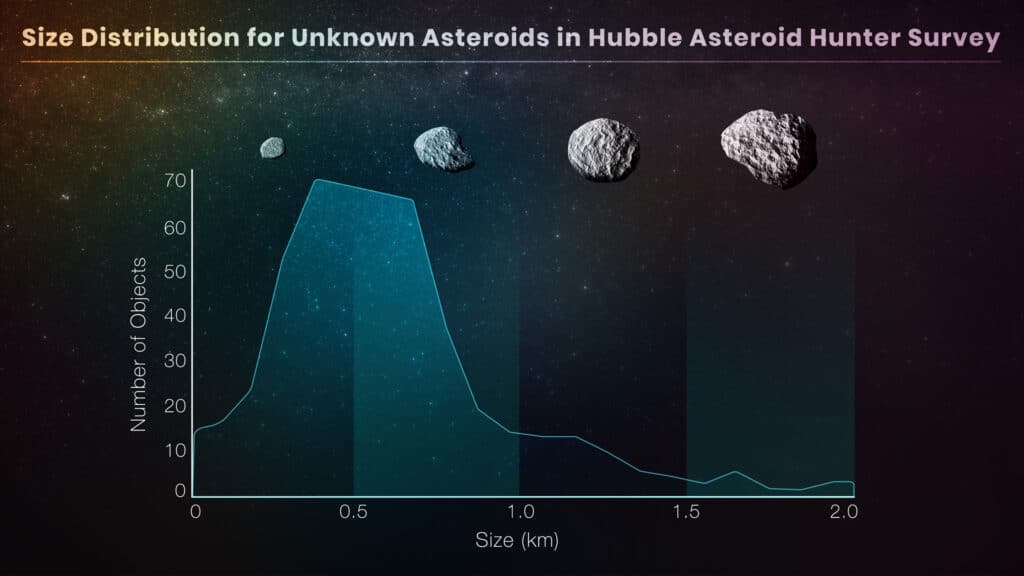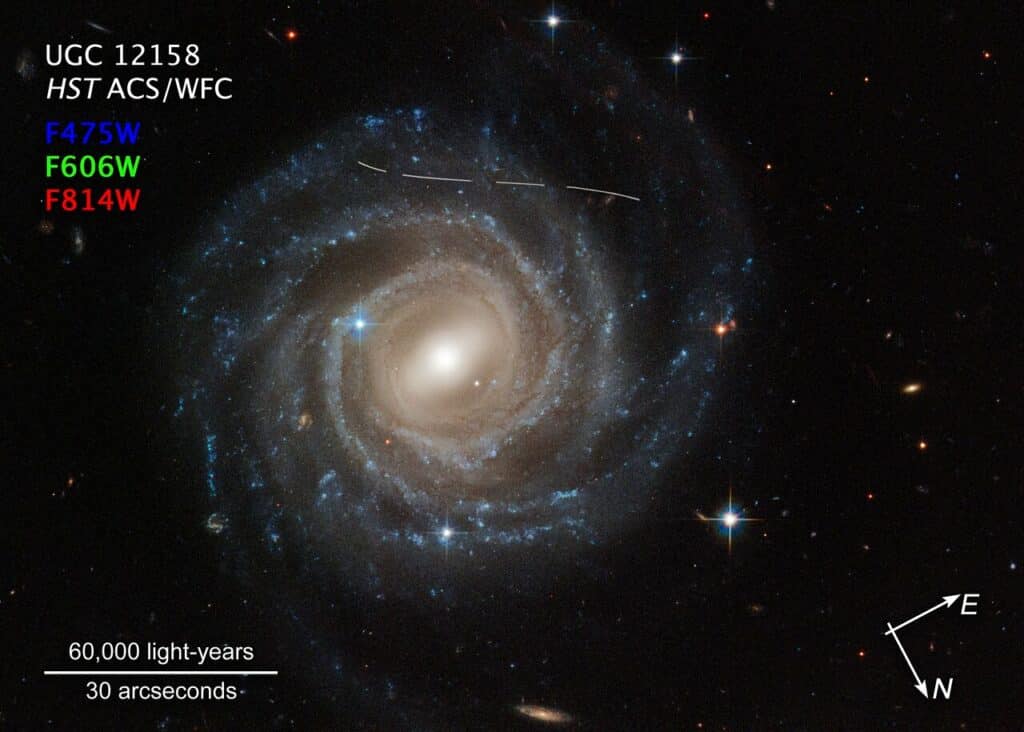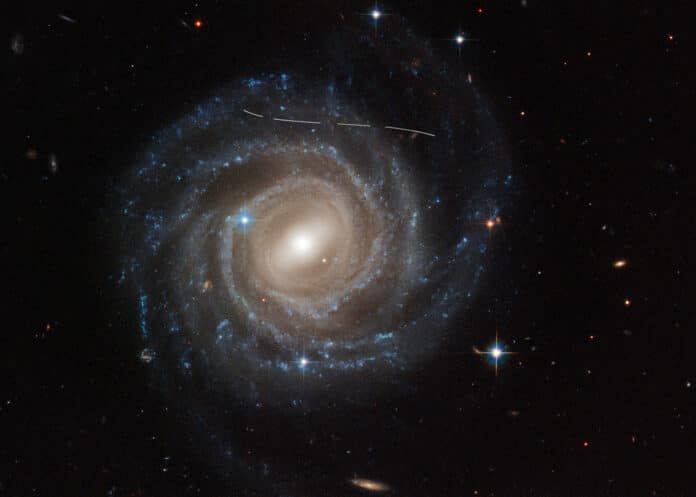The team used the help of “citizen scientists” worldwide, who contributed to identifying this asteroid bounty. Professional scientists then combined the volunteers’ efforts with machine learning algorithms to identify the asteroids.
The findings are significant as they offer new insights into the formation and evolution of the asteroid belt.
The discovery of many small asteroids favors the idea that they are fragments of larger asteroids that have collided and broken apart. This process has been occurring for billions of years. The large, random sample of asteroids captured by Hubble offers a new approach to finding asteroids in astronomical archives spanning decades.
The project will next explore the streaks of previously unknown asteroids to characterize their orbits and study their properties, such as rotation periods. The findings have been published in the journal Astronomy and Astrophysics.

The discovery is significant as it may be effectively applied to other datasets, say the researchers. The project is also an excellent example of the power of collaboration between scientists and citizen scientists.
The project was developed by researchers and engineers at the European Science and Technology Centre (ESTEC) and the European Space Astronomy Centre’s science data center (ESDC), in collaboration with the Zooniverse platform, the world’s largest and most popular citizen-science platform, and Google.
The discovery is a testament to the power of technology and the potential for groundbreaking discoveries to be made in the future.

The Hubble Asteroid Hunter project is an inspiration for future citizen-science projects and collaborations between scientists and the public.
The discovery of 1031 previously uncatalogued asteroids is a significant achievement and a reminder of the vastness of our universe and the potential for new discoveries.
Journal Reference
- Hubble Asteroid Hunter – III. Physical properties of newly found asteroids. Pablo García-Martín, Sandor Kruk, Marcel Popescu, Bruno Merín, Karl R. Stapelfeldt, Robin W. Evans, Benoit Carry and Ross Thomson. Astronomy & Astrophysics, 683 (2024) A122. DOI: 10.1051/0004-6361/202346771
